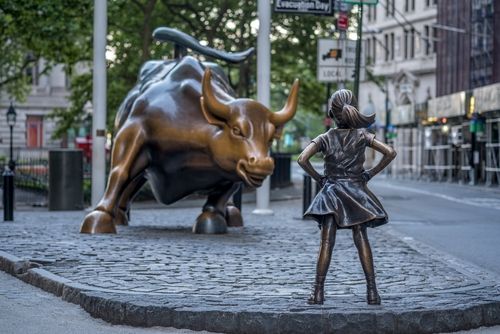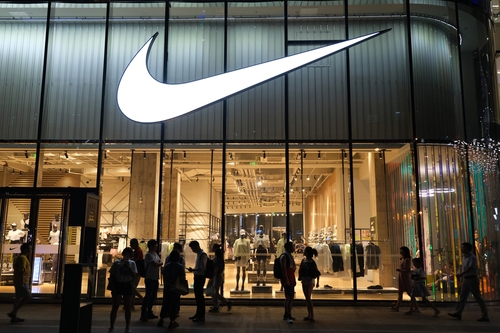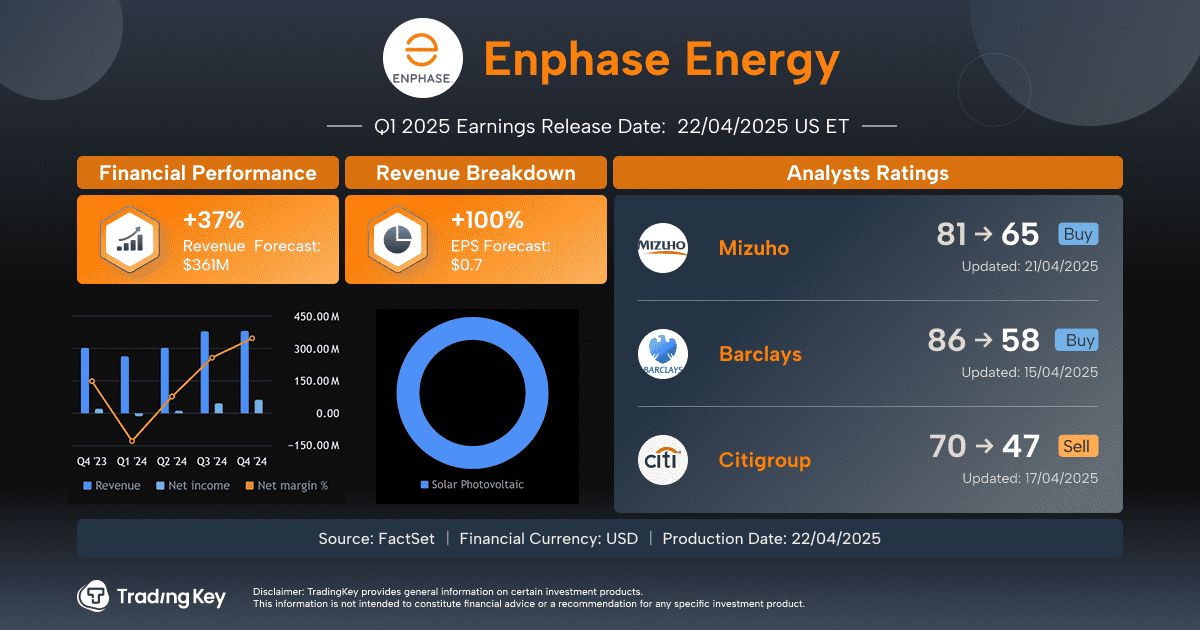The Stock Market Just Did Something Seen Just 39 Times Since 1987. History Is Clear About What Happens Next.


The S&P 500 (SNPINDEX: ^GSPC) has declined 16% from its record high in mere weeks as Wall Street has become unsettled by radical changes to U.S. trade policy under President Trump. Importantly, the stock market crash has coincided with unusually pervasive bearish sentiment, according to the American Association of Individual Investors (AAII).
Bearish sentiment measured 56.9% during the week that ended Thursday, April 17, a level seen just 39 times since the AAII began collecting weekly data in 1987. The puts the latest reading in the 98th percentile, which means investors have been this pessimistic about the stock market only 2% of the time in nearly four decades.
Where to invest $1,000 right now? Our analyst team just revealed what they believe are the 10 best stocks to buy right now. Learn More »
History is clear about what happens next.
History says the S&P 500 could soar 20% during the next year
Since 1987, the AAII has conducted weekly market sentiment surveys by asking a simple question: Do you feel the direction of the stock market over the next six months will be up (bullish), no change (neutral), or down (bearish)?
This year, bearish sentiment first topped 55% in late February as investors reacted to disappointing economic data and tariffs imposed by the Trump administration. A single reading that high is rare, but bearish sentiment has now topped 55% in seven of the past eight weekly surveys. That has never happened before.
The root cause of unusually persistent pessimism has been economic uncertainty. Despite pausing reciprocal tariffs for 90 days, President Trump has already raised the average tax on U.S. imports to its highest level in more than a century. Consequently, many economists see an elevated risk of recession in the coming months.
Nevertheless, investor sentiment is generally viewed as a contrarian indicator because the stock market tends to perform well following periods of pessimism. Since 1987, the S&P 500 has returned a median of 18% in the year after bearish sentiment readings above 55%.
That hints at spectacular gains ahead: The S&P 500 closed at 5,283 on April 17, the publication date of the most recent AAII survey. The index will advance 18% to 6,234 in the next year if its performance matches the historical median. That implies 20% upside from the current level of 5,158.
However, because bearish sentiment has topped 55% so infrequently, the data set is very small, which raises questions about the accuracy of that forecast. Regardless, history is still crystal clear about what (eventually) happens next: Bearish sentiment will dissipate and the S&P 500 will rebound.
History says the stock market will eventually recoup its losses and rocket to new highs
The S&P 500 is currently 16% below the record high it hit in February, which puts the index squarely in market correction territory. The situation may continue to worsen in the weeks and months ahead, especially if the president forges ahead with his aggressive trade policies, but history says the stock market will rebound eventually.
The S&P 500 has suffered 24 market corrections and 11 bear markets since its inception in 1957, while the U.S. economy has weathered 10 recessions. Despite those challenges, the S&P 500 has ultimately recovered from every past decline and there is no reason to expect a different outcome this time.
In short, history says pessimism will eventually give way to enthusiasm. But investors need to make rational decisions in the meantime. Rather than panic selling or avoiding the market, treat the present situation as an opportunity to purchase high-conviction stocks that trade at reasonable prices.
What qualifies as a high-conviction stock? Consider this input from Warren Buffett. "Your goal as an investor should simply be to purchase, at a rational price, a part interest in an easily understandable business whose earnings are virtually certain to be materially higher five, ten, and twenty years from now." Investors who follow that framework will almost certainly be richer a decade down the road.
Should you invest $1,000 in S&P 500 Index right now?
Before you buy stock in S&P 500 Index, consider this:
The Motley Fool Stock Advisor analyst team just identified what they believe are the 10 best stocks for investors to buy now… and S&P 500 Index wasn’t one of them. The 10 stocks that made the cut could produce monster returns in the coming years.
Consider when Netflix made this list on December 17, 2004... if you invested $1,000 at the time of our recommendation, you’d have $532,771!* Or when Nvidia made this list on April 15, 2005... if you invested $1,000 at the time of our recommendation, you’d have $593,970!*
Now, it’s worth noting Stock Advisor’s total average return is 781% — a market-crushing outperformance compared to 149% for the S&P 500. Don’t miss out on the latest top 10 list, available when you join Stock Advisor.
*Stock Advisor returns as of April 21, 2025
Trevor Jennewine has no position in any of the stocks mentioned. The Motley Fool has no position in any of the stocks mentioned. The Motley Fool has a disclosure policy.







